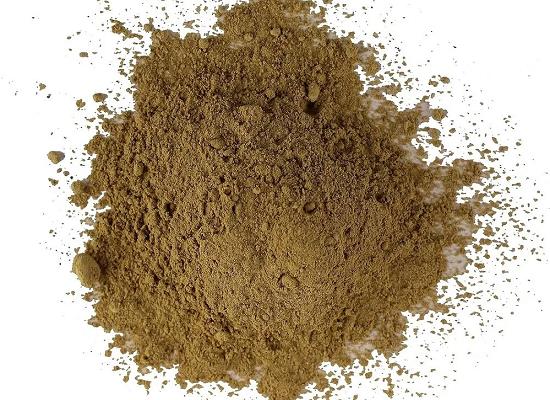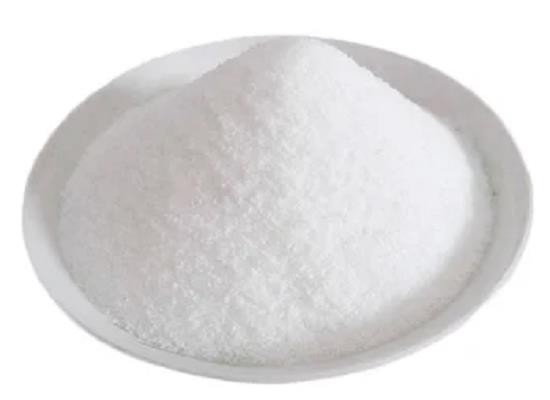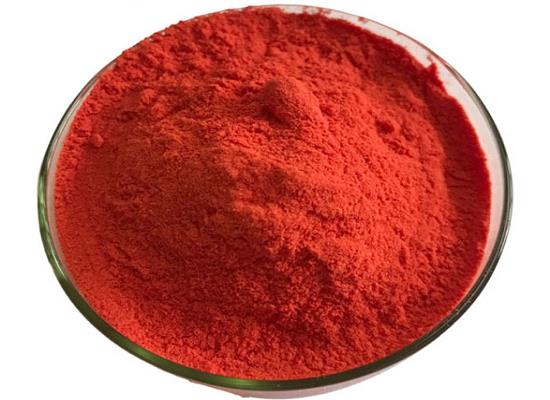Chebulic Acid: activities, mechanism of action and applications
Dec 1,2023
General Description
Chebulic acid, derived from Terminalia chebula, exhibits diverse pharmacological activities with potential therapeutic applications. It possesses strong antioxidant properties, protecting against oxidative damage and showing promise in preventing chronic diseases like cardiovascular disorders and cancer. Additionally, its anti-inflammatory characteristics make it a potential treatment for conditions such as arthritis and inflammatory bowel disease. Furthermore, chebulic acid demonstrates antimicrobial activity, suggesting its use in combatting various infections. Moreover, its anticancer effects indicate potential as a chemopreventive and therapeutic agent. Mechanistically, chebulic acid's neuroprotective effects against ischemic stroke involve the modulation of the Nrf2/ARE pathway to enhance antioxidant defenses. In terms of safety, this natural polyphenol presents itself as a promising candidate for drug development in the pharmaceutical industry, particularly for conditions like cancer, diabetes, and microbial infections, as well as for cosmetic products due to its skin-protective and anti-aging effects.

Figure 1. Chebulic acid
Activities
Chebulic acid is a natural compound derived from Terminalia chebula, a medicinal plant commonly found in Southeast Asia. It has gained significant attention due to its diverse pharmacological activities and potential therapeutic applications. One of the key activities of chebulic acid is its antioxidant property. It exhibits strong free radical scavenging ability, which helps protect cells and tissues from oxidative damage caused by reactive oxygen species. This antioxidant activity contributes to its potential role in preventing various chronic diseases, such as cardiovascular disorders, neurodegenerative diseases, and cancer. Chebulic acid also possesses anti-inflammatory properties. It can inhibit the production of pro-inflammatory molecules and suppress inflammatory pathways, thereby reducing inflammation in the body. This makes it a promising candidate for the treatment of inflammatory conditions like arthritis and inflammatory bowel disease. Furthermore, chebulic acid exhibits antimicrobial activity. It has been shown to inhibit the growth of various bacteria, fungi, and viruses. This antimicrobial property suggests its potential use in treating infections caused by these microorganisms. In addition, chebulic acid has demonstrated anticancer activity. It can induce cell cycle arrest, inhibit cell proliferation, and promote apoptosis (programmed cell death) in cancer cells. These findings suggest its potential as a chemopreventive and therapeutic agent against various types of cancers. Overall, chebulic acid's antioxidant, anti-inflammatory, antimicrobial, and anticancer activities make it a promising natural compound with a wide range of potential therapeutic applications. 1
Mechanism of action
Chebulic Acid is a compound with potential neuroprotective effects against ischemic stroke. In vitro and in vivo studies have shown that Chebulic Acid can protect against oxidative stress-induced neurotoxicity by enhancing cell viability and total superoxide dismutase levels, while reducing malondialdehyde and reactive oxygen species levels. The nuclear factor-E2-related factor 2 (Nrf2) pathway is involved in endogenous antioxidant defense, and Chebulic Acid has been found to indirectly act as an antioxidant by upregulating Nrf2 nuclear translocation and antioxidant-responsive-element (ARE) binding. These effects help to relieve oxidative damage caused by oxygen-glucose deprivation/reoxygenation (OGD/R). In addition, Chebulic Acid treatment has also been shown to reduce ischemic infarct volume and improve motor ability in mice following ischemic stroke. These findings suggest that CA may be a promising drug for the treatment of ischemic stroke in humans. Thus, Chebulic Acid's mechanism of action involves the modulation of the Nrf2/ARE pathway to enhance antioxidant defenses and protect against oxidative stress-induced neurotoxicity. 2
Applications
Chebulic acid, a natural polyphenol derived from the fruits of the Terminalia chebula plant, has diverse applications in various fields. In the pharmaceutical industry, it demonstrates potent antioxidant, anti-inflammatory, and antimicrobial properties, making it a promising candidate for the development of new drugs to treat conditions such as cancer, diabetes, and microbial infections. Additionally, its ability to inhibit enzymes involved in carbohydrate metabolism suggests potential applications in managing diabetes and obesity. Furthermore, chebulic acid has shown promise in cosmetic products due to its skin-protective and anti-aging effects, making it a valuable ingredient in skincare formulations. 3
Reference
1. Hassan Bulbul MR, Uddin Chowdhury MN, Naima TA, Sami SA, Imtiaj MS, Huda N, Uddin MG. A comprehensive review on the diverse pharmacological perspectives of Terminalia chebula Retz. Heliyon. 2022 Aug 14;8(8):e10220.
2. Zhou R, Lin K, Leng C, Zhou M, Zhang J, Li Y, Liu Y, Ye X, Xu X, Sun B, Shu X, Liu W. Chebulic Acid Prevents Hypoxia Insult via Nrf2/ARE Pathway in Ischemic Stroke. Nutrients. 2022 Dec 19;14(24):5390.
3. Zhao HY, Lan Q, He S, Su BJ, Wang YQ, Liao HB, Wang HS, Liang D. Chebulic acid derivatives from Balakata baccata and their antineuroinflammatory and antioxidant activities. Bioorg Chem. 2021 Nov;116:105332.
- Related articles
- Related Qustion
- Chebulic acid – a phenolic compound with many bioactivities Dec 16, 2019
Chebulic acid is a phenolic compound isolated from the ripe fruits of Terminalia chebula.[3] This compound possesses an isomer, neochebulic acid.
Butylchlorodihydroxytin has valuable applications but requires adherence to safety guidelines due to potential hazards.....
Dec 1,2023APIAnkaflavin, derived from Monascus, has diverse bioactivities and therapeutic potential, making it valuable for addressing various health conditions.....
Dec 1,2023APIChebulic Acid
23725-05-5You may like
- Chebulic acid
-

- $122.00 / 1mg
- 2024-11-19
- CAS:23725-05-5
- Min. Order:
- Purity: 99.98%
- Supply Ability: 10g
- Butanedioic acid,[(3S,4S)-3-carboxy-3,4-dihydro-5,6,7-trihydroxy-1-oxo-1H-2-benzopyran-4-yl]-,(2S)-
-
![23725-05-5 Butanedioic acid,[(3S,4S)-3-carboxy-3,4-dihydro-5,6,7-trihydroxy-1-oxo-1H-2-benzopyran-4-yl]-,(2S)-](https://img.chemicalbook.com/ProductImageEN/2020-1/Small/8bc99468-0952-462c-b2a2-9c76546d4ce8.jpg)
- $9.80 / 1KG
- 2020-01-10
- CAS:23725-05-5
- Min. Order: 1KG
- Purity: ≥98%
- Supply Ability: 20 tons






